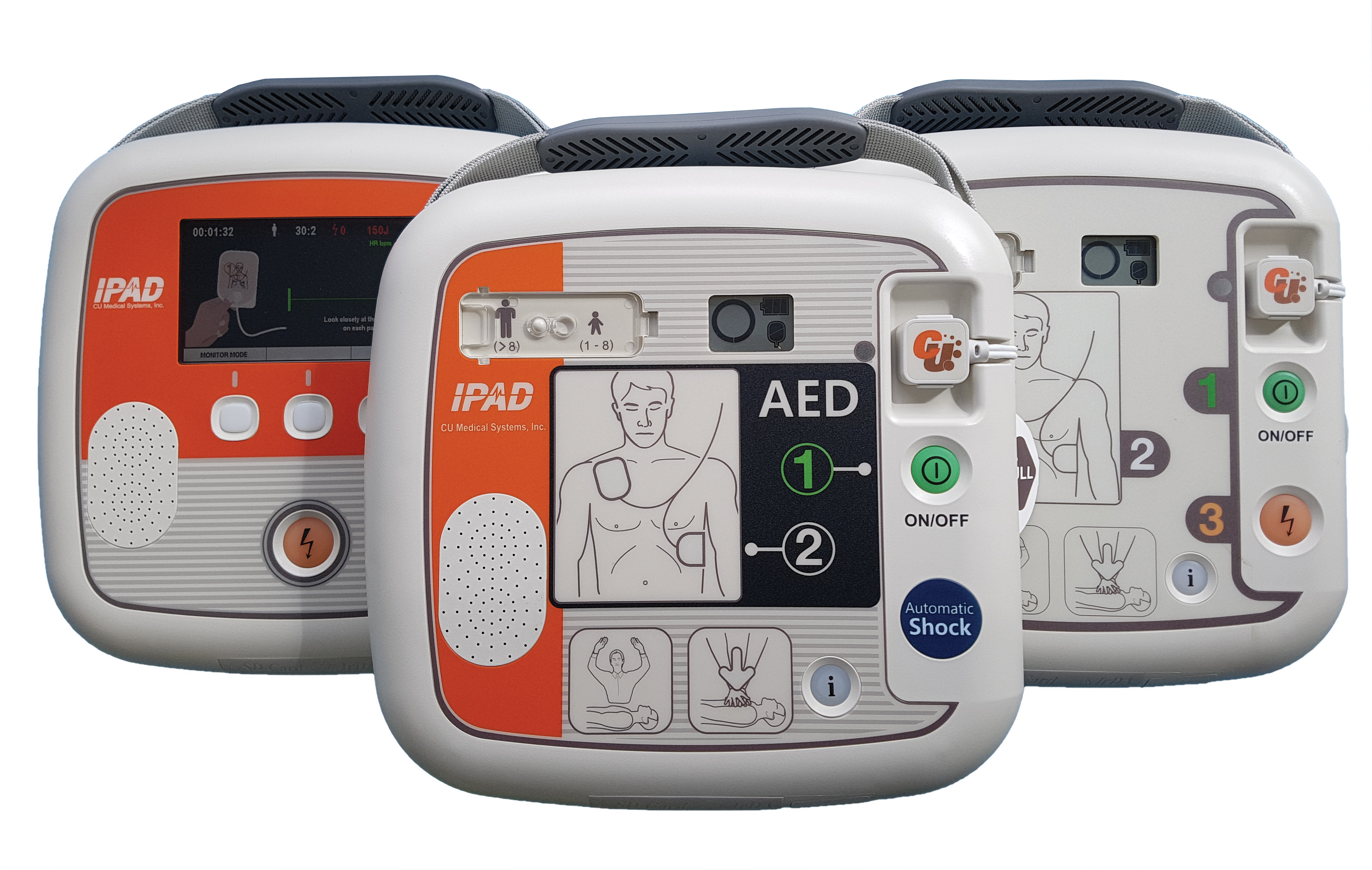AED = Automated External Device
An AED is a very safe and easy to use electronic device, designed to be used by anyone, with or without medical training. It automatically reads the heart rhythm of someone who may have suffered a cardiac arrest and diagnoses if an electrical shock is required to restore a normal heart rhythm. If it is required, an AED will safely deliver a controlled electrical shock to the heart.

